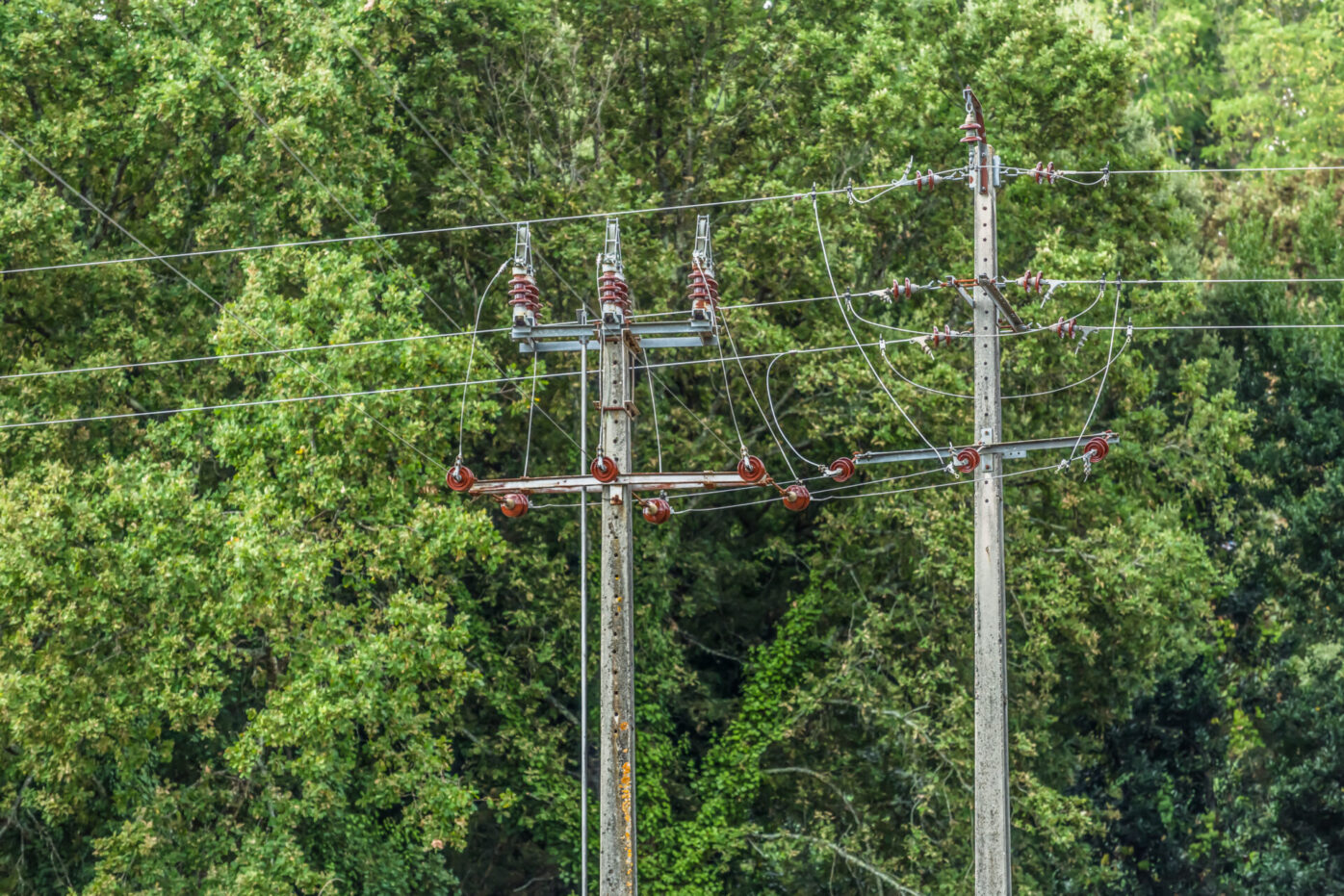Smart vegetation management

A cutting edge solution to improve grid efficiency, safety, and predictability
Smart data ingestion
Our data integration platform efficiently manages unstructured data from various sources, like AWS cloud storage, by automatically transforming and organizing it. This creates a unified data representation that supports visualization, system updates, and AI model inputs in a seamless way.
Automated risk calculation
Our platform provides automated features like Lidar classification, vegetation extraction from aerial imagery, power line vectorization, and encroachment analysis in 2D and 3D. It also uses incremental learning to continuously adapt and improve, delivering accurate and efficient results.
Work order management
Our integrated system simplifies the process by automatically creating work order zones that combine risk levels. This helps generate a task list that optimizes both risk management and costs, leading to a more efficient and cost-effective workflow.